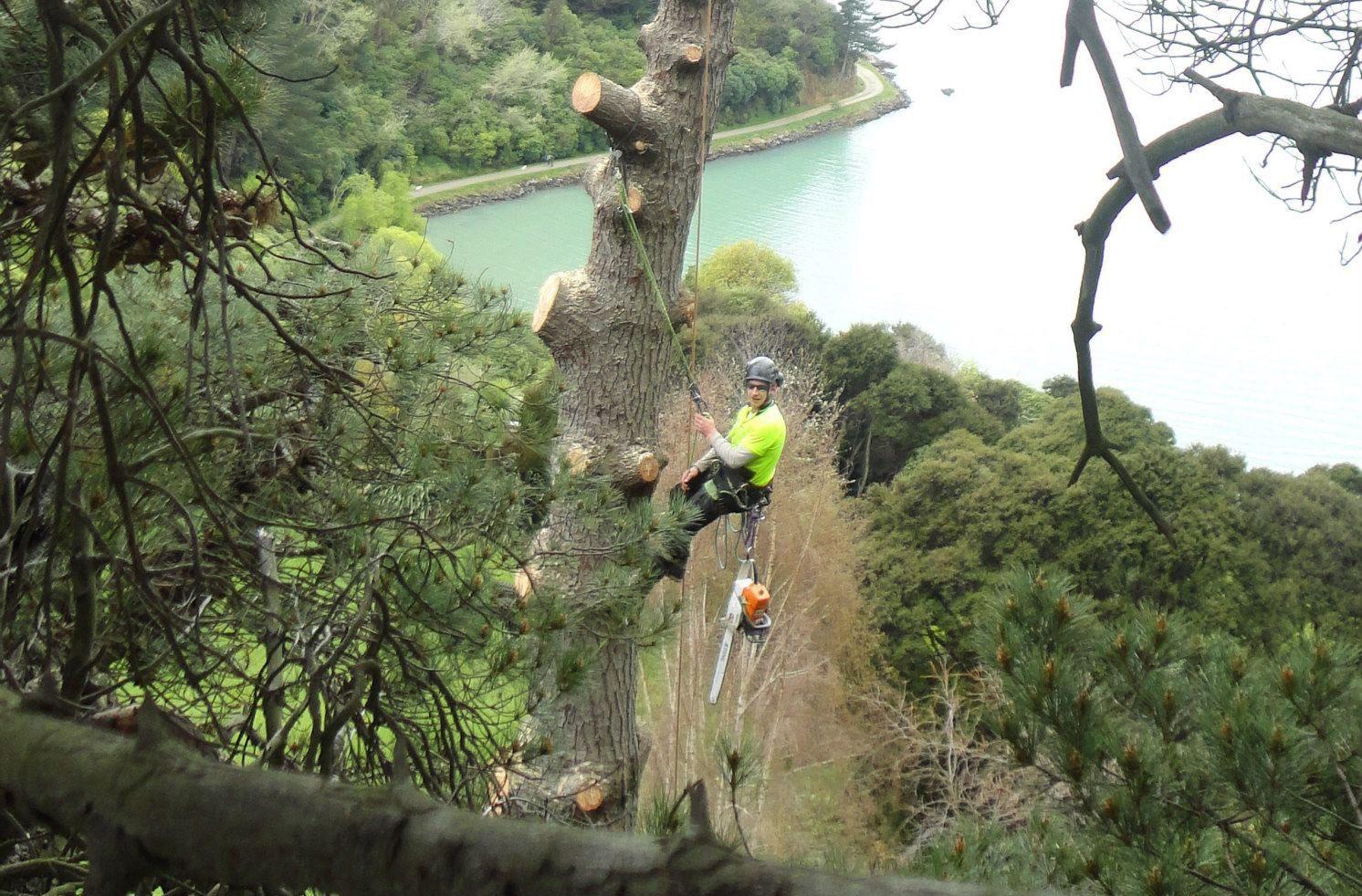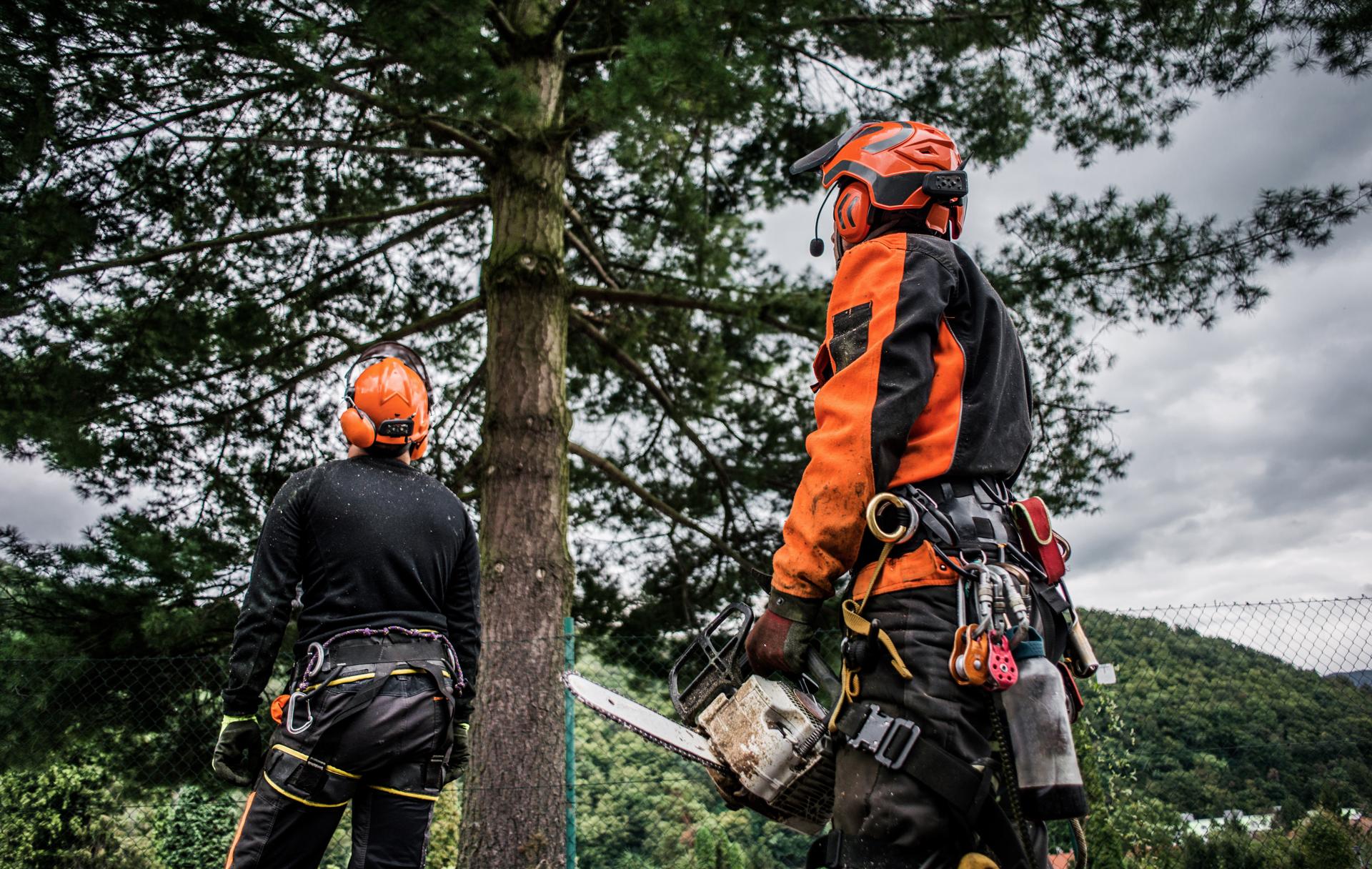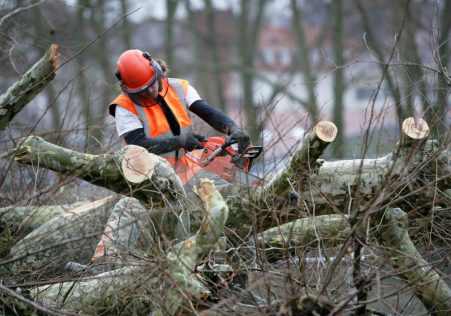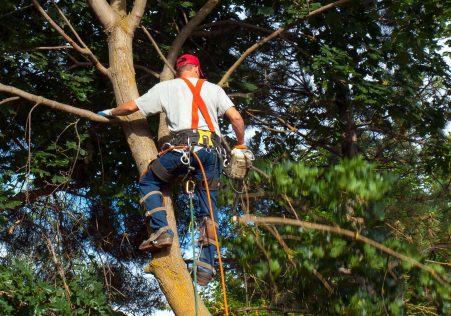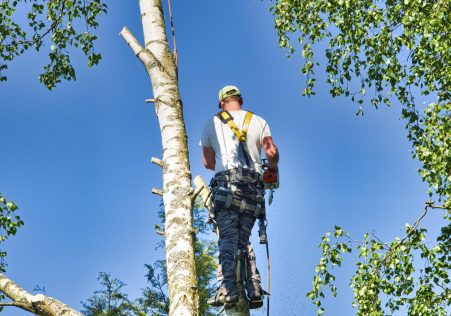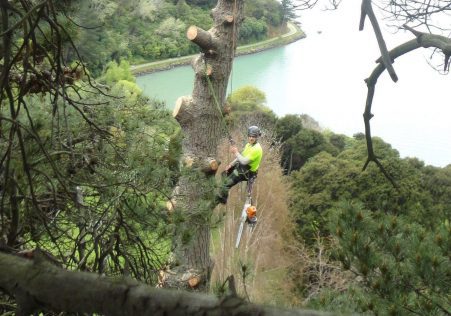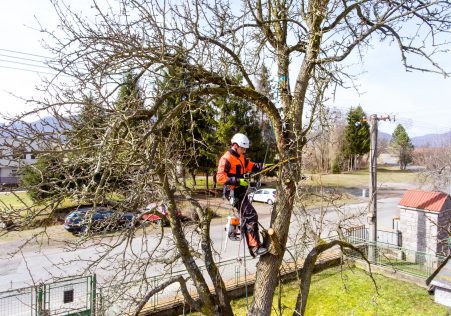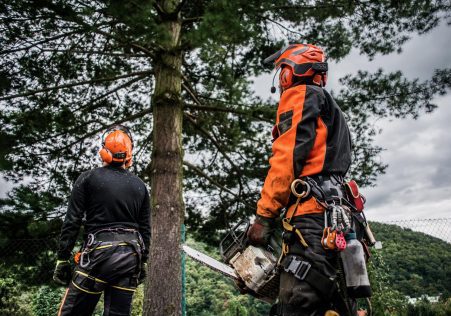The Life-Long Life of The Life of Tree Roots After cutting
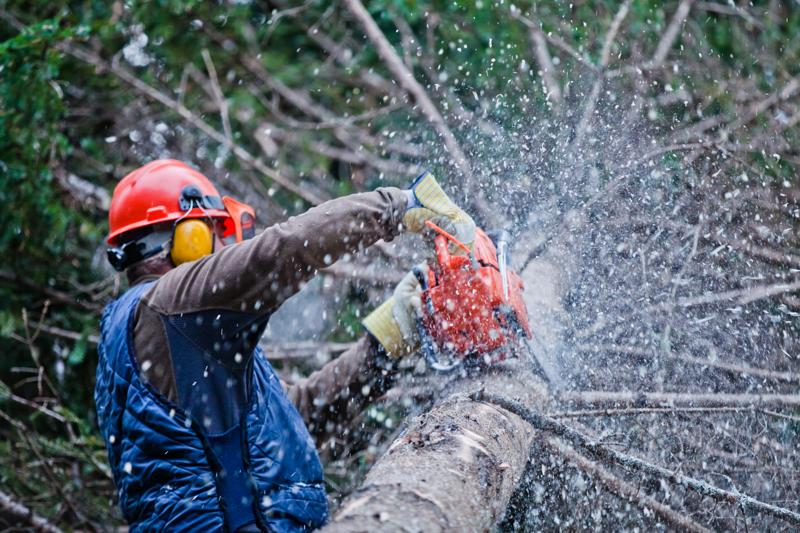
Tree removal is a necessary job for many property owners, however, it’s not as simple as cutting the tree’s branch and allowing the roots to decay. Understanding the lifespan of the tree’s roots is essential to ensure that the removal process is done in a safe and secure manner. In this article, we’ll explore the length of time that tree roots live after a tree is removed and address many of the frequently-asked concerns about this subject.
How long will tree roots live after cutting down?
The time span for tree roots after a tree has been cut down could vary widely based on the type of the tree being cut down, size of the roots, and the conditions in which they are located. In general, it’s possible to conclude that the roots of trees will continue to live for a long time after a tree is cut down. This is due to the fact that the roots are capable of taking in water and nutrients from the soil, even after the tree is removed.
The factors that determine the longevity of Tree Roots
There are several factors that can affect the life span of tree roots after a tree has been removed. Some of these include different species of trees Certain species of trees have roots that are more durable and longer-lasting than others. For example oak tree roots have been known to last for a long time after the tree was taken down. Size of roots The more extensive the roots of a tree is, the longer they’ll likely live after the tree has been cut down. This is because bigger roots are more able to absorb nutrients and moisture in the soil. Environment conditions: The soil type, temperature, and levels of moisture in the region that trees were removed will all impact the longevity and longevity of roots. When the soil becomes dry, compacted and degraded, the roots are likely to decompose more rapidly. In the case of soil that is moist and well-drained the roots will last longer.
What happens to the tree Roots After Cutting Down?
If a tree is cut down the roots slowly begin to decompose. The process could take several years, depending on the factors mentioned above. At this point the roots gradually let nutrients into soil which could be beneficial for other plants that are in the vicinity. Once the roots have fully decomposed, they will no longer pose a threat to the surrounding landscapes or structures.
FAQs:
Can tree roots regrow after cutting down?
No, tree roots cannot regrow after a tree has been removed. After the roots have been removed, they slowly start to decay and no longer be capable of regrowing.
Can tree roots continue to expand after cutting them down?
No, tree roots won’t remain growing after a tree has been taken down. However, they will continue to live for several years because they are still capable of absorbing moisture and nutrients out of the earth.
Will tree roots continue to grow even after the tree has been cut down?
The roots of trees aren’t going to continue spreading after a tree has been cut down. Once the tree has been taken down, the roots are slowly beginning to break down and no longer pose a threat to surrounding structures or landscapes.
Conclusion:
In conclusion, the duration of the tree’s roots after a tree has been cut down can vary greatly depending on several factors. Knowing the duration that tree roots will live is vital to ensure that the tree removal process is completed correctly and safely. If you have trees that need removal, it’s always best to hire an experienced Sydney Tree Removal arborist to carry out the job. Our highly skilled and knowledgeable arborists are equipped with the right equipment and expertise to safely and efficiently remove trees, and to address any concerns regarding the durability of the roots. Contact us now at 1300 636 143 to schedule a consultation and find out more about our tree removal services for Sydney. Do not risk damaging your property or putting yourself in danger by attempting to remove a tree on your own. Let the professionals at Sydney Tree Removal handle all of your tree removal requirements.

